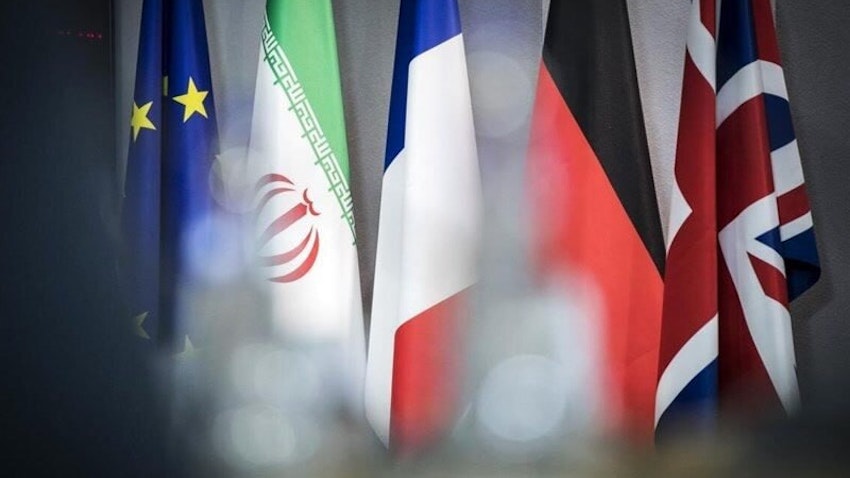The activation of the automatic sanctions return mechanism against Iran, known as “snapback,” is not merely a simple restoration of restrictions. This event gains meaning within broader geopolitical transformations. From the Ukraine war and the shift in Europe’s energy equations to China’s increased presence in the Persian Gulf, intensified competition between Washington and Beijing in Asia, and Russia’s growing proximity to non-Western countries, all indicate that the global order has entered a new phase. Within this framework, the Middle East has also witnessed transformations such as the normalization of relations between some Arab countries and Israel, Saudi Arabia’s efforts to balance relations with China and America, and the expansion of proxy conflicts. In such an environment, the activation of snapback is more than a legal or technical action—it is a sign of shifting power balances among major players and the redefinition of their strategic priorities at global and regional levels.
To fully understand this change, we must look to the past. In recent decades, major powers have always possessed the necessary tools to exert pressure on Iran, but economic and security considerations prevented the full utilization of these tools. Access to energy resources, concerns about regional instability, and the potential for escalating tensions kept pressures limited and managed. In other words, the will to apply pressure existed, but practical considerations and compromise prevented its implementation. Today, however, conditions are different: a combination of changes in the structure of the global order, increased risk-taking in some countries’ foreign policies, and revisions in economic and security alliances have caused these same tools to now become practical actions.
This change is not limited to Iran and must be seen within the context of broader international developments. The increasing competition among major powers, particularly between Washington and Beijing, and the simultaneity of regional and global developments have broadened the analytical framework. China’s more active presence in the Persian Gulf and its mediation between Tehran and Riyadh in the 2023 agreement, Europe’s efforts to replace Russian gas with American liquefied energy, and recent pressures on the UAE to limit financial exchanges with Iran all demonstrate that Iran is merely one of the sensitive axes in a larger game, and the return of sanctions is part of this process. Meanwhile, regional crises and wars have increased pressure on middle powers and countries dependent on energy and security supply chains, strengthening the practical will of major players. Thus, the activation of snapback cannot be analyzed separately from broader geopolitical developments; rather, it must be viewed within the context of redefining interests and alliances and changing political calculations.
The consequences of these developments extend beyond Iran’s borders. The return of sanctions is not limited to economic or domestic diplomatic pressure; it also affects regional countries’ relations, financial networks, and energy chains. Neighboring countries, especially those whose trade or energy routes are connected to Iran, will be forced to reconsider their strategies. This reconsideration encompasses not only security and military calculations but also economic and commercial effects and even political relations between governments. Energy and capital markets will also be directly affected, creating changes in economic policymaking and planning.
One of the important differences between this stage and the past is the simultaneity of external practical pressures with Iran’s domestic situation. The country’s economy faces serious problems, including high inflation, budget deficits, and the devaluation of the national currency. Social crises and successive dissatisfactions have put pressure on the political structure and limited the decision-making space. Alongside these factors, diplomatic restrictions and international isolation have intensified external pressure. The simultaneity of these three levels of pressure—domestic, regional, and international—has created a picture that many consider unprecedented in the past four decades. From a macro perspective, these conditions provide the groundwork for important structural political and economic developments.
Another difference from previous periods is the redefinition of major powers’ calculations. Although they previously had pressure tools at their disposal, the inclination toward compromise and preventing instability kept pressures managed. Today, however, priorities have changed. Some countries and power blocs that previously preferred compromise have now calculated that continuing accommodation or delaying pressure application costs more than direct pressure.
Consequently, the will that previously remained at the level of threats has now become practical and observable. This change in the global order and increased pressures will have direct effects on regional policies and strategies. From changing relations among neighboring countries to redefining energy lines and financial routes, all regional players will be forced to reconsider their position. Pressure on Tehran, in addition to constraining the economy and domestic politics, can create a wave of redefined relations and alliances in the region and change proxy players’ calculations. For this reason, the activation of snapback is not a limited action against Iran but a symbol of redefining power structures and global priorities.
Ultimately, the activation of the snapback mechanism should be interpreted as a sign of beginning a new stage in international interactions with Iran. This stage, with the redefinition of major powers’ interests and priorities, can have deep and extensive effects on Iran’s and the region’s political, economic, and security future. The simultaneity of internal and external pressures, changing calculations of major powers, and alliance realignments present a picture of extensive transformation that cannot be considered merely a limited legal or diplomatic event. These developments show that a new chapter in international politics toward Iran has begun—a chapter in which major powers are less willing than in the past to repeat limited compromises and apply their pressures and practical actions according to changed interests and strategic calculations.
Overall, the activation of snapback should be considered a sign of extensive geopolitical transformation at regional and global levels—a transformation whose consequences will be decisive not only for Iran but for the entire Middle East and even international economic and security structures. This event cannot be analyzed in isolation from other developments; a limited view focusing only on economic or diplomatic pressure provides an incomplete picture and prevents us from truly understanding the issue’s dimensions. To fully comprehend snapback’s effects, it is necessary to analyze it within the context of changes in global power balance, regional developments, economic crises and Iran’s internal pressures, as well as the redefinition of alliances and strategic pathways. In other words, snapback is not the end of the game but part of a complex and multifaceted process that can change the region’s power and security equations for years to come and affect the economic, political, and security relations of regional countries and extra-regional players. Only with this comprehensive view can we properly identify and analyze probable scenarios, opportunities, and threats.


